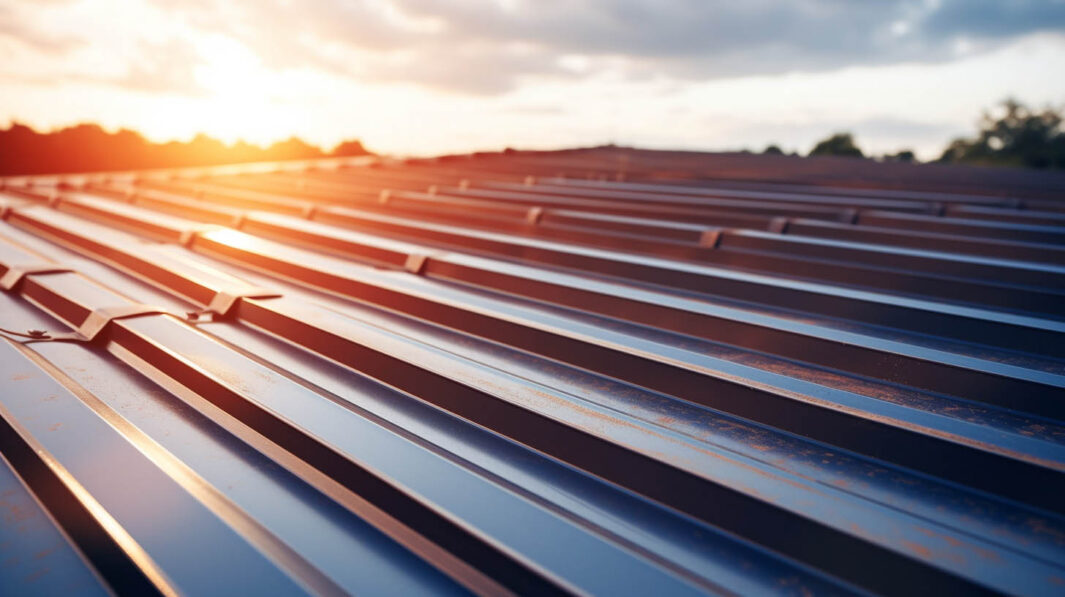Roof pitch, often overlooked, plays a pivotal role in determining the longevity and efficiency of a roof. It influences various factors, from the choice of roofing materials to the overall cost of installation. At Home Evolution, we believe in empowering our clients with knowledge, ensuring they make informed decisions about their roofing needs.
Understanding Roof Pitch
Roof pitch refers to the angle and steepness of a roof. It’s a crucial metric that determines how well a roof can handle specific weather conditions, the type of roofing materials suitable for it, and the efficiency of other roofing systems like gutters.
Why is Roof Pitch So Crucial?
Imagine two roofs, one with a steep pitch and another with a slight angle, both subjected to the same climatic conditions and using identical shingles. Which one would last longer? A steeper roof, akin to a vertical hillside, tends to erode faster. However, its steepness also ensures that leaves, debris, and water don’t accumulate, preventing moisture build-up and subsequent growth of algae and moss. Conversely, a roof in an unshaded area might deteriorate faster due to direct sunlight exposure.
Implications of Roof Pitch
The angle of your roof can influence several factors:
- Roof Efficiency: Steeper roofs efficiently shed snow and rain, requiring minimal maintenance. At Home Evolution, our roofing contractors in Albany NY recommend roofs with a steeper pitch to have adequately sized gutters and solid gutter covers for optimal performance.
- Choice of Roofing Materials: Every roof has a pitch, even those that appear flat. This pitch affects the choice of roofing materials. For instance, materials like slate and asphalt shingles rely on gravity to prevent water intrusion and are more effective on steeper roofs.
- Cost Implications: Steeper roofs, given their larger surface area, require more materials, making them costlier than their low-sloped counterparts.
Key Insights on Roof Pitch
- Differentiating Roof Pitch from Roof Slope: These terms, often used interchangeably, have distinct meanings. While pitch is based on the entire roof span, slope refers to the ratio between the roof’s rise and its run.
- Pitch Requirements in Snow-Prone Areas: Regions with high snowfall have specific building codes detailing minimum roof pitch requirements. Steeper roofs prevent snow accumulation, safeguarding the structure from potential damage. At Home Evolution, our roof repair services in Albany NY ensure that roofs adhere to local building codes while also considering the prevalent weather conditions.
- Ease of Installation on Low-Pitch Roofs: Roofs with a low pitch, such as a 3/12 pitch, are safer and simpler for roofers to work on. In contrast, steeper roofs necessitate the use of harnesses and other safety measures.
- Material Suitability for Various Pitches: While most pitches can accommodate any roofing material, certain situations demand specific materials. For instance, mansard roofs, with their high pitch, aren’t suitable for asphalt shingles. Instead, cedar shake shingles or synthetic shingles are recommended.
In conclusion
Understanding roof pitch is paramount for homeowners. It not only influences the choice of materials and overall costs but also plays a significant role in the roof’s longevity and efficiency. At Home Evolution, we pride ourselves on offering top-notch roofing solutions tailored to individual needs. Whether you’re looking for roofing companies in Albany NY or need expert advice on roof maintenance, we’re here to assist.

